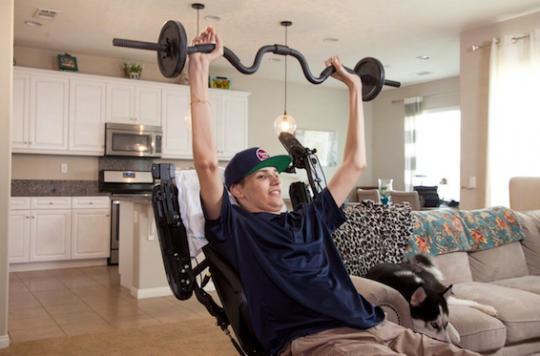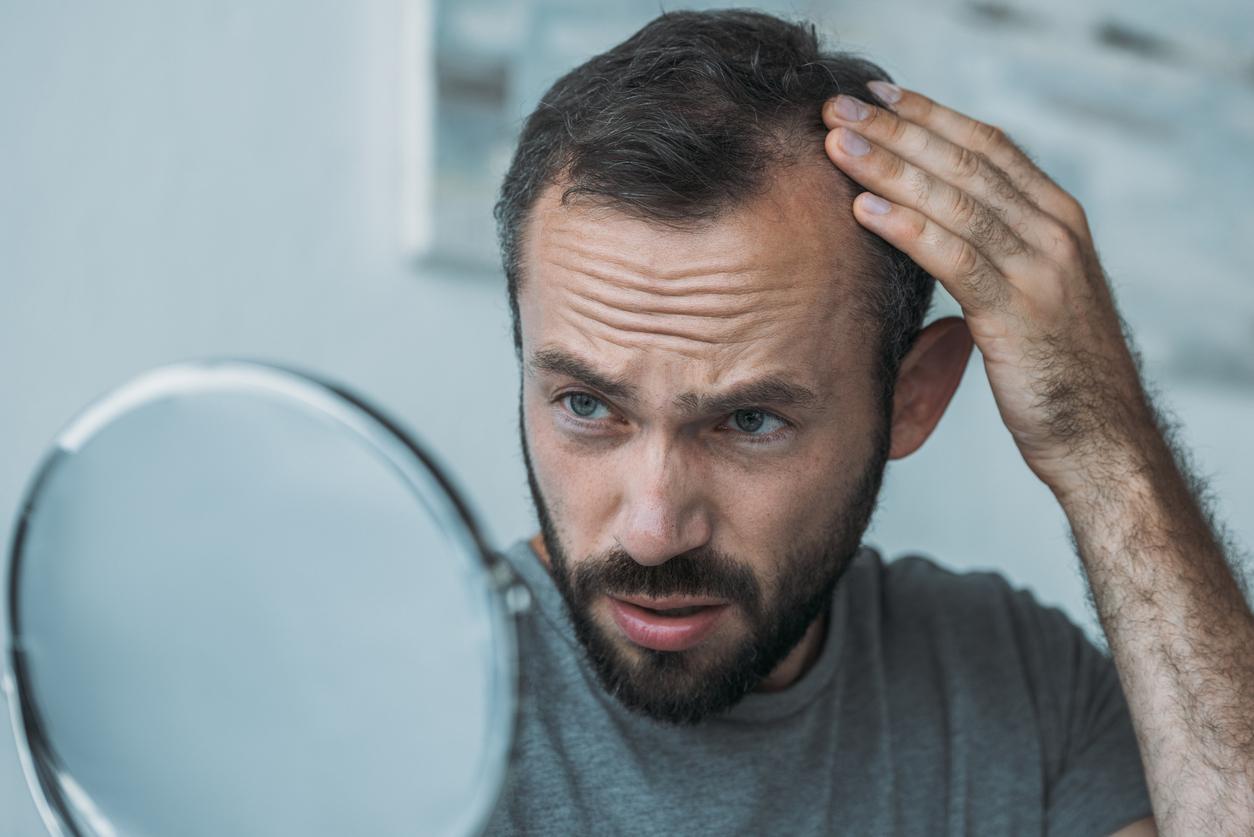Kris Boesen, quadriplegic, has regained motor function in the arms, thanks to an innovative stem cell treatment.

Will cell therapy be successful in treating paralysis associated with spinal cord injury? The bet is daring, but the first results show that stem cell transplantation can restore certain lost functions. An experimental treatment from which Kristopher Boesen, a 21-year-old American, was taken care of at the Rehabilitation Center at the University of Southern California.
After a dramatic car accident in March 2016, the young man is paralyzed from the back of his neck. He then loses the use of his arms and legs. Despite the many rehabilitation sessions, it is quite possible that Kristopher will remain paralyzed for the rest of his life. So when the doctors at the Center suggested that he join a research program evaluating the effectiveness of stem cells in repairing spinal cord injuries, he did not hesitate for a single second. “All I ever wanted from the start is a chance to fight,” says the young man who loves sports cars. If there is a chance that I can walk again, I will do my best to make it happen. “

Progress from 3 months
The operation took place last April. Surgeon Charles Liu injected 10 million neuronal stem cells called AST-OPC1 into his spinal cord. These are human embryonic stem cells programmed to become a special type of nerve cell. Two weeks after the injection, the first signs of improvement in motor function appeared.
Three months after the operation, Kristopher is able to feed himself, use his mobile phone, write his first name, drive his electric wheelchair or even hug his loved ones. “Almost 90 days after the treatment, Kris has made enormous progress in his motor function,” says Charles Liu, without predicting possible future improvements.
Improving the lives of patients
“Usually, patients with spinal cord injuries undergo an operation, but generally, it does little to restore motor and sensory functions,” explains Charles Liu. With this work, we tested a procedure that could improve neurological function, which should make the difference between having permanent paralysis and being able to use one’s arm and hand. Restoring such a level of function will significantly improve the daily life of severely affected patients ”.
The medical team continues to monitor Kristopher’s progress. He will still have to pass tests 180 and 270 days after the operation, then at one year.
Other patients suffering from paralysis will be enrolled in this trial conducted in 6 rehabilitation centers across the United States. Preliminary results are expected to be released by mid-September.
.















